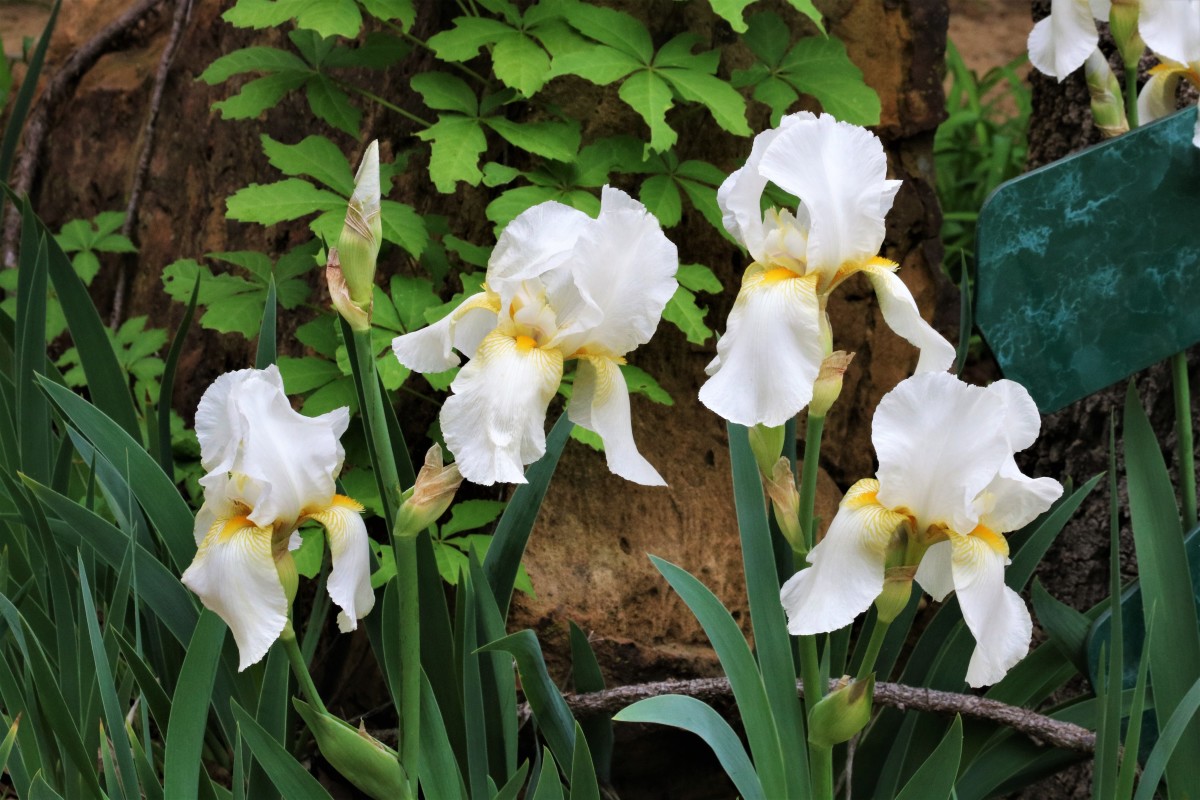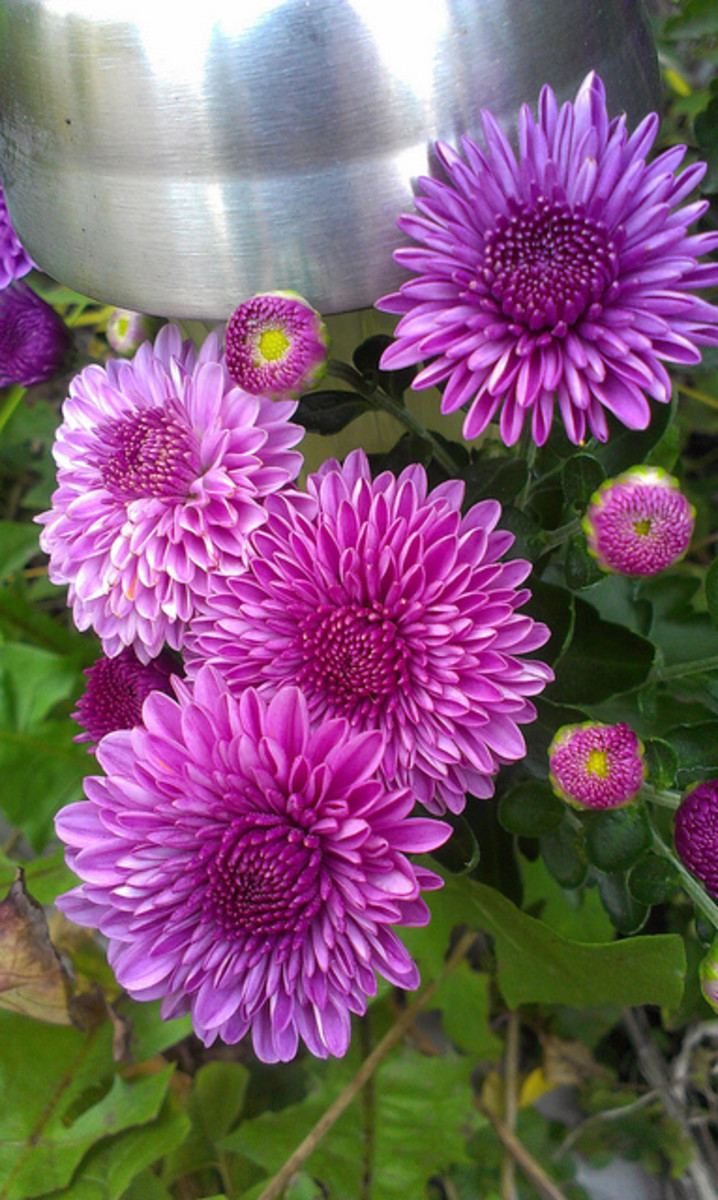- HubPages»
- Home and Garden»
- Gardening»
- Planting Flowers
Plant Peonies for Beauty
Perennial Peonies
One of the longest living as well as most beautiful perennials you can grow in your garden is the peony. With lush green foliage and gorgeous huge blossoms, few ornamental garden plants can rival them.
Most garden peonies - there are over 30 species, and innumerable cultivars - are herbaceous, dying back to the root in autumn. Next year's buds form underground at the crown of the plant, so this makes it a hardy perennial.
When established, peonies have a bushy appearance, with abundant deeply lobed leaves on stalks. Peonies can grow from two to four feet in height, and similarly in diameter, so support is often needed. Special peony rings are available, or stakes with string threaded between will do the job.
This green foliage is striking, but it is the lush sweet-smelling flowers that make this plant such a favorite.
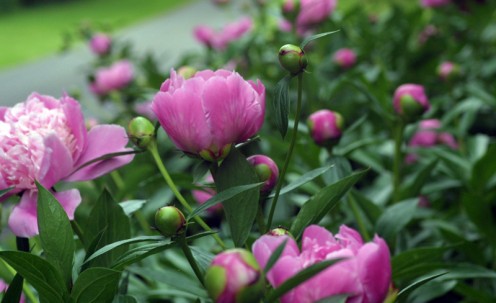
Peony Blossoms
Peony blossoms vary from single blooms with 5 petals to full-petaled double blooms in colors from white to pink, red deep maroon, yellow, and even an almost-black - any color but blue.
The single blooms have large central stamens, while in the double blooms, the dense center petals are actually transformed stamens.
Different cultivars flower at different times, so by choosing a variety of peony cultivars, the flowering season can extend for up to six weeks. The spent blooms should be removed so energy can go into the plant and not seed production.
The Two Types of Peonies
The peony (Paeonia) is indigenous many areas - southern Europe, western North America and Asia.
The Chinese Peony (Paeonia lactiflora) is the father of most of the several hundred available cultivars. It was first introduced to England in the mid 1700s, and is the species that has produced most of our common garden peonies. These peonies form a large bush, and the blossoms rise above the attractive greenery. Because the blossoms are large and heavy, they often require support so they don't break or bend to the ground with wind or heavy rain.
The second type of peony is the tree peony (Paeonia suffruticosa). Tree peonies have a woody stem, and new spring growth occurs on the one-year old wood. They also come in a range of colors, and bloom around the same time as herbaceous peonies. The large blooms are held high on sturdy stems, so there is no need to stake tree peonies.
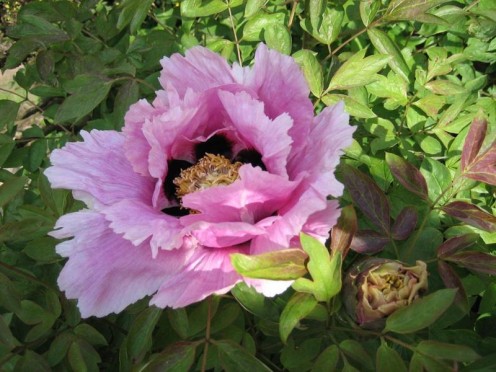
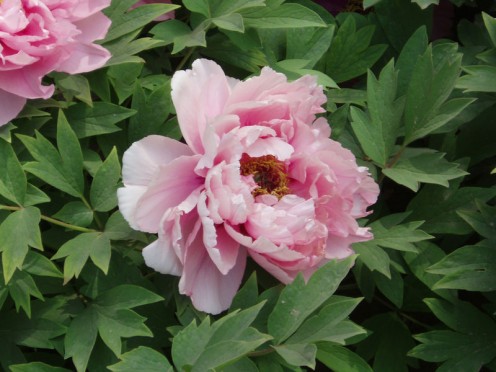
Cultivating Peonies
These popular perennials like well drained soil, and can tolerate some drought. Standing water is fatal for them. They like a sunny location and deep rich organic soil. Add a rich mulch around the plant in spring to help keep moisture in the soil, and fertilize twice in the growing season with a potash-rich fertilizer.
Peonies develop a large thick tuberous root system, and can live for years without needing to be divided. In fact, you should never divide a peony that is less than five years old. When you notice that they are flowering less, that's the time to divide them.
Division should be done in the fall when it is less stressful for the plants.Dig up the root clump, wash it clean of soil, and cut apart the thick roots with a sharp knife. Make sure each section has from 3 to 5 eyes.
Re-plant the peony with the root crown about 2 inches below the soil surface. Any deeper, and blooming will be retarded. Space your plants about 3 feet apart, as they are large when full grown.
Peonies transplant well, and can be moved in either spring or fall, as long as you leave lots of soil around the roots.
In fall, once the foliage begins to die back, cut the stems back to about an inch above the ground. Hardy in zones 2 to 8, peonies need a dormant cold period to thrive. They do not grow well south of zone 8, and will thrive in areas where there is extensive cold, as long as there is snow cover or they have been covered with a mulch. In warmer zones, such as 8 and 7, plant early-blooming varieties. Later blooming varieties may not flower well in hot summer weather.
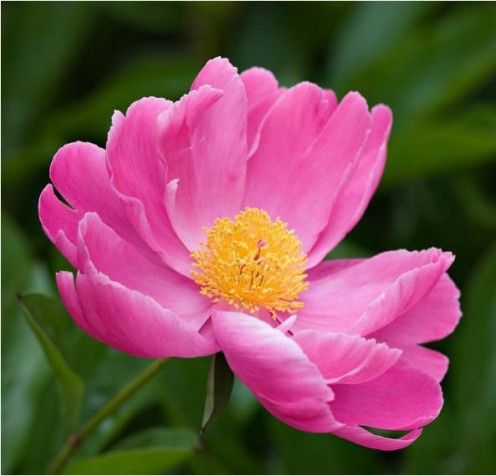
More Peony Information
- Peonies in Art and Life
The exquisite Chinese peony has inspired artists in both western and eastern cultures. Peonies are a traditional floral symbol in eastern art. Long before peonies were introduced to the western world,... - Growing Great Peonies
There are a few flowers that when I see them, even a picture, or read about them, my memory is activated and I take a journey back to my childhood and my mothers garden. Hollyhocks are one. The peony is...

